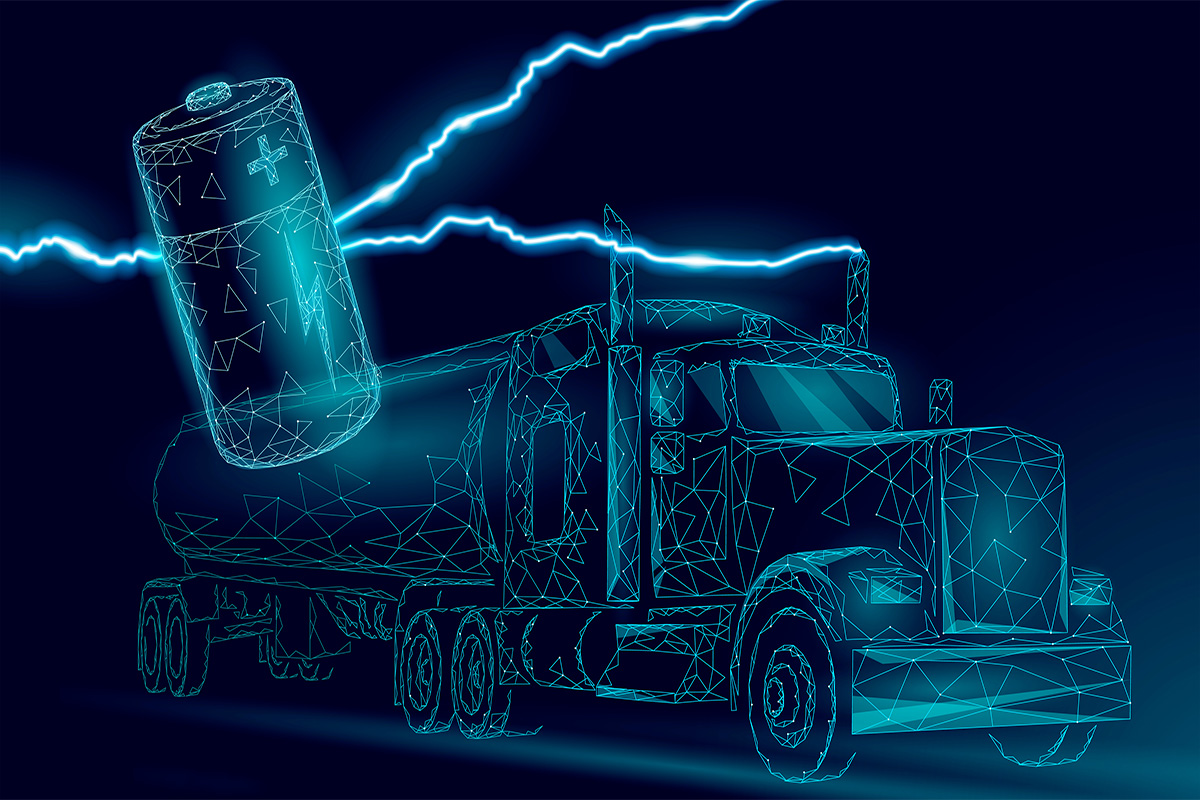March 8, 2022
New Trucking Changes Appealing to the Truck Driver
Addressing Trucking Issues and Challenges Truck Drivers Face
The demand for truck drivers continues to increase, pushing driver-focused changes to appeal to prospective drivers. The Biden-Harris Administration is partnering with the Department of Transportation (DOT) to tackle challenges truck drivers are facing when starting a trucking career and the roadblocks employers are encountering when trying to fill seats behind the wheel. To improve aspects of truck driving, particularly long-haul, DOT is addressing CDL issuing challenges, implementing new training programs for prospective drivers, and appealing to underrepresented truckers. The easing of pandemic mandates and repairs to supply and demand issues are pushing the need for drivers, and making that environment inviting is now the ultimate goal.
Trucking Changes to CDL Issues Keeping Truck Drivers Off the Road
Obtaining a Commercial Driver’s License (CDL) is one of the first steps future truck drivers must complete. Passing the CDL written exam is part of getting a CDL license, and a behind-the-wheel test is also. Prospective truckers are passing tests and doing everything necessary to obtain a CDL; however, many states are having pandemic-driven delays distributing licenses at the required rate. Addressing these delays and getting CDLs to qualified drivers as quickly as possible to fill empty truck seats is of utmost importance.
New Trucking Changes to Strengthen Truck Driver Training
The availability of proper training is an issue new truck drivers face. Many factors drive the truck driver shortage, formal training being on top of the list. Developing Registered Apprenticeship Programs and tightening existing training programs will provide new truckers credible, paid behind-the-wheel training that will prepare them for a future trucking career.
Trucking Changes Appealing to Underrepresented Truck Drivers
Appealing to underrepresented communities in the trucking world, such as women and veterans, will help ease the truck driver shortage gap. Trucking has been a primarily male occupied profession not known for recruiting women, a tune that will quickly have to change. Reaching out to women truckers is one answer and making the trucking environment appealing to veterans is another. The goal is to provide transitioning service members and veterans with good trucking jobs and make it easier to obtain these jobs.
Other New Trucking Changes
The Bipartisan Infrastructure Law brought historic legislation that will improve the nation’s roads and bridges, bringing advancements and challenges for the trucking force. Ultimately improving bridges and roads will be a win for trucking.



